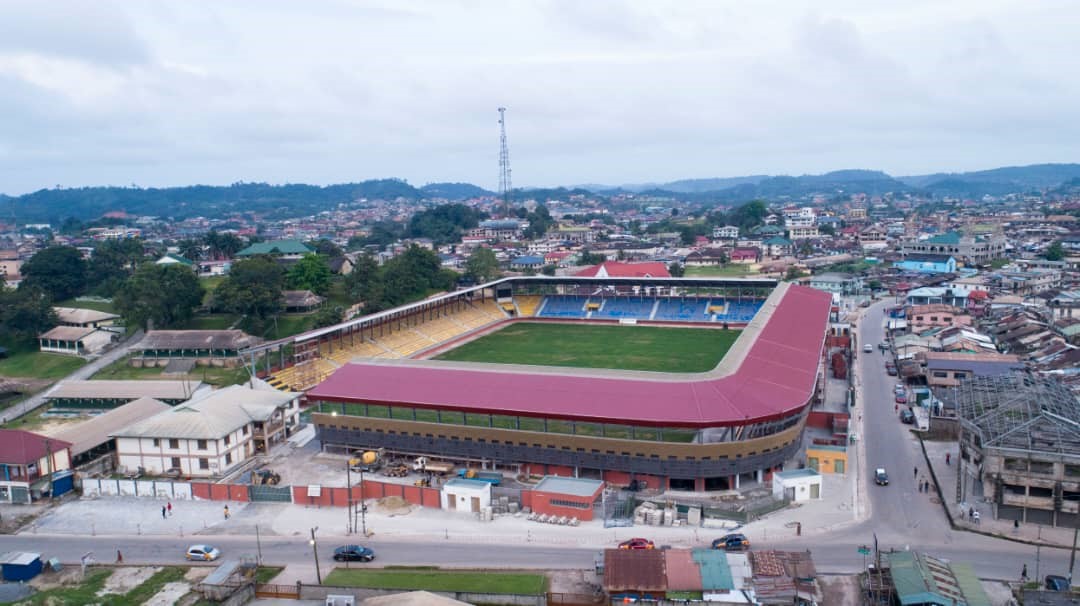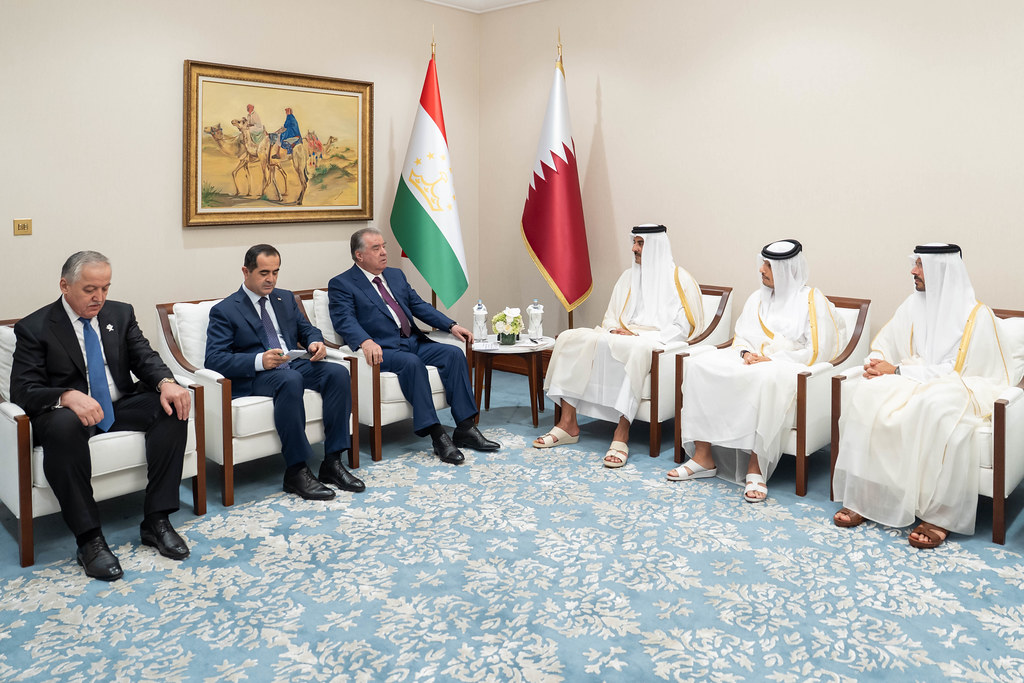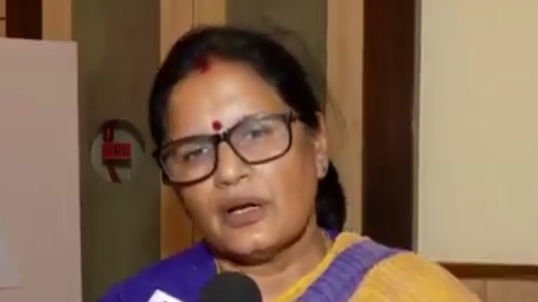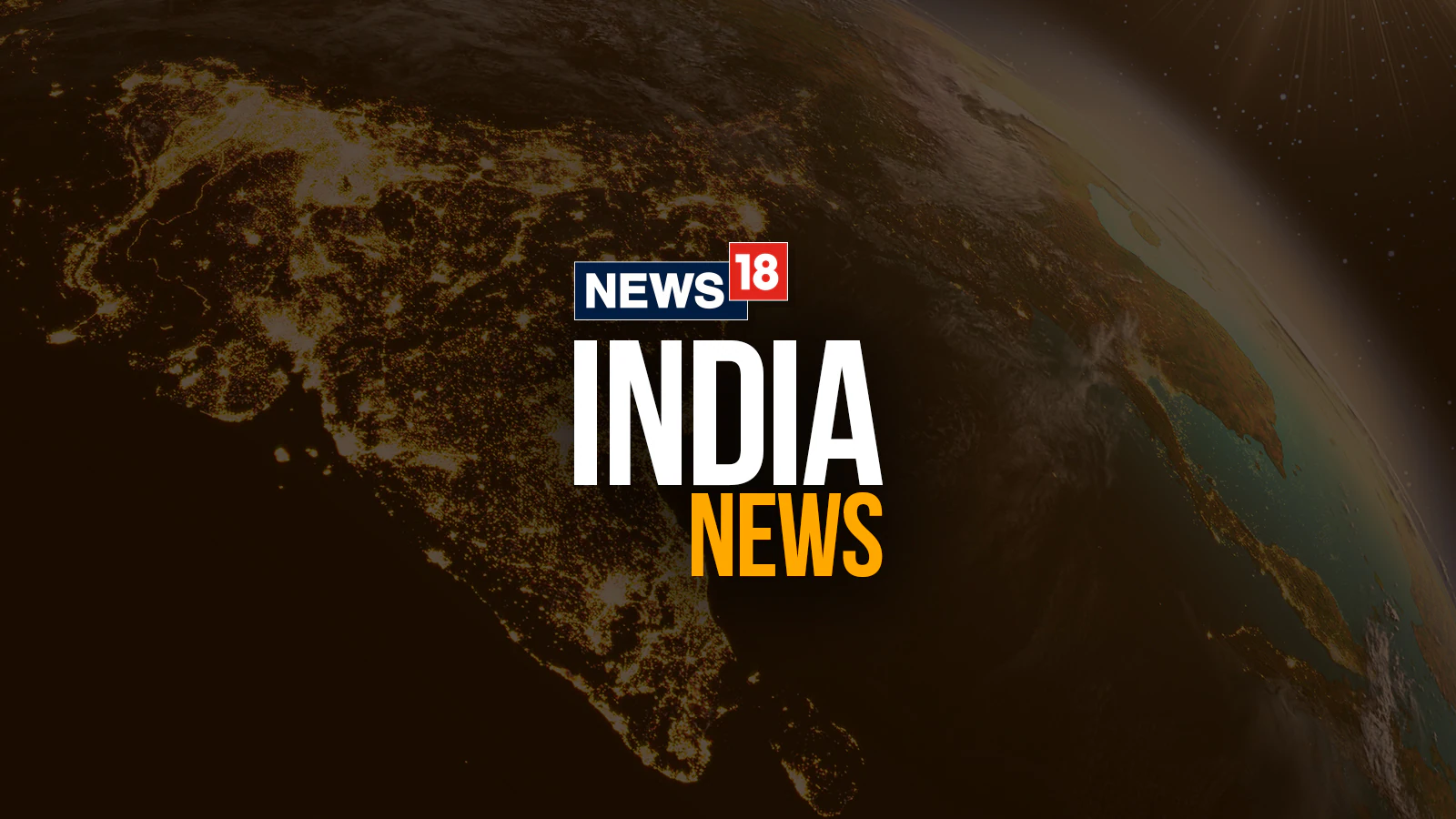By Francis
Copyright thebftonline

By Kizito CUDJOE
President John Dramani Mahama, in his first media encounter to account for the first eight to nine months of his administration, recently singled out Gold Fields Foundation’s legacy project, the Tarkwa and Aboso Sports Stadium, popularly known as ‘T & A Park,’ for praise.
His recognition was not accidental. He cited the facility as a model of cost efficiency in sports infrastructure delivery, contrasting it sharply with the ballooning costs of state-led projects.
Responding to a question on sports infrastructure during the encounter, the President pointed to the Tarkwa Gold Fields Stadium as an example of prudent investment. “Tarkwa Gold Fields built a standard stadium for their football activities, and I was surprised to learn it cost about US$13 million,” he said, adding, “When the Government of Ghana built a stadium, it cost hundreds of millions of dollars. Those of you who have been to Tarkwa and have seen the stadium, it’s a standard stadium, and it takes about 10,000 people.” His conclusion was simple: if Gold Fields could achieve such results at US$13 million, government must be able to do the same.
The facts, however, show that the reconstructed T & A Stadium, with a 10,400-seating capacity and international-standard amenities, was completed at US$16.2 million by the Gold Fields Ghana Foundation. Even so, the cost remains modest by global and local benchmarks. The facility is already positioning Tarkwa as a football hub in the Western Region, nurturing youth talent and serving as the home ground for Medeama Sporting Club, the premier league team sponsored by Gold Fields.
This project also illustrates the unique funding model behind Gold Fields Ghana Foundation, which is financed through US$1 per ounce of gold produced, 1.5 percent of pre-tax profits, and proceeds from scrap materials from its Tarkwa and Damang mines.
Since inception, the Foundation has invested more than US$105 million in education, healthcare, infrastructure, agriculture, and enterprise development. The stadium is only one among many interventions, not to mention the 33 kilometers Tarkwa-Damang roads constructed at a cost of US$27 million.
The Senior Vice President and Managing Director of Gold Fields Ghana, Eliot Twum, earlier this year revealed at a mining conference in Accra that another legacy project is underway: a modern medical and clinical hub to replace Tarkwa’s aging Apinto Hospital, Ghana’s first government hospital. “These are some of the things we are doing in our communities,” he explained. “The idea is to leave an enduring legacy. We don’t know when we will leave, but when we do, we want to ensure our communities are better off than when we arrived.”
Such commitments go beyond philanthropy. They reflect Gold Fields’ long-term presence and strategic positioning in Ghana since 1993, when it acquired the then state-owned Tarkwa mine, later expanding to Damang in 2002. The company today operates both mines with a 90 percent stake, leaving the government with 10 percent carried interest. While Damang’s mining lease, which expired this year, has been extended for only 12 months on a non-renewable basis, Gold Fields’ economic footprint remains substantial.
In 2024, the company contributed about GH₵4.4 billion (US$295 million) to the state, including GH₵2.6 billion in corporate income tax, GH₵337 million in PAYE, and GH₵355 million in dividends. For the first half of 2025 alone, its payments exceeded GH₵3.2 billion, GH₵1.6 billion in corporate tax, GH₵587 million in royalties, GH₵185 million in PAYE, GH₵506 million in dividends, GH₵295 million in withholding tax, and GH₵121 million in withholding VAT. These are not marginal contributions; they underscore the mining sector’s direct relevance to Ghana’s fiscal health.
Yet, despite such evidence, misconceptions persist about the value of mining to national development. Here lies the importance of President Mahama’s public recognition. His endorsement affirms not only the tangible benefits of corporate social investments but also the efficiency gains possible when the private sector complements state efforts.
This recognition also feeds into an ongoing policy debate. The Ghana Chamber of Mines has consistently argued that Corporate Social Investments (CSIs) should remain voluntary, as currently captured in the Minerals and Mining Act (Act 703), while being guided by structured frameworks and partnerships.
However, the Minerals Commission is pushing reforms to make Community Development Agreements (CDAs) mandatory, with a levy of 1 percent of gross mineral revenue. The regulator contends that such a levy would formalise existing CSR expenditures and align Ghana with international practice.
The Chamber of Mines, on the other hand, warns that this approach risks unintended consequences. Mandatory CDAs could stifle innovation and reduce flexibility in how companies design projects for their host communities. Worse still, they may overburden marginal mines with weak financials, increase Ghana’s relative tax burden compared to peer jurisdictions, and ultimately deter investment in a sector the country relies heavily on.
President Mahama’s remarks, therefore, come at a critical time. They demonstrate that mining companies are already making meaningful contributions, both fiscally and socially, without compulsion. Imposing additional levies risks undermining precisely the kinds of initiatives, like the Tarkwa stadium and the planned hospital, that communities value most.
Ghana must tread carefully. The lesson from Tarkwa is not only that the private sector can deliver world-class infrastructure at a fraction of the state’s cost, but also that corporate social investments thrive best in an environment of partnership, not compulsion. Government should, therefore, channel its energies into creating a policy framework that enhances transparency, accountability, and collaboration, rather than mandating rigid levies that could erode goodwill.
The Tarkwa stadium is a symbol of what can be achieved when efficiency, partnership, and community development intersect. If government truly wishes to replicate this success, it must learn to spend like Gold Fields, and resist the temptation to legislate generosity into obligation.



